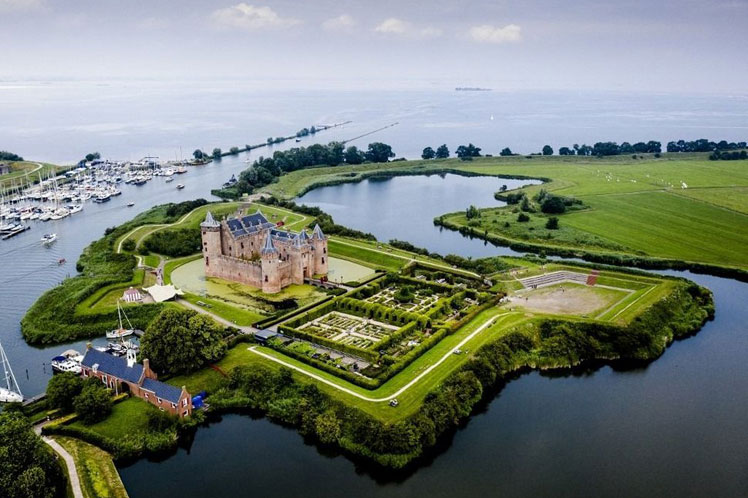The ring of fortifications built between 1880 and 1914 around Amsterdam, the capital, is a unique system based on the use of water as a means of defense and a set of 42 forts, recognized for their cultural value.
Its initial purpose was to protect the Kingdom of the Netherlands through a wide range of artillery that acts in conjunction with the temporary flooding of polders -a Dutch term that describes land surfaces gained to the North Sea- and a system of canals and locks.
Another of the sites recognized by UNESCO in the Netherlands is Schokland Island, a title it deserved in 1995 because the area has vestiges of human habitation dating back far into prehistoric times. It symbolizes the age-old struggle of the Dutch people against the encroachment of the waters.
The historic area of Willemstad; Inner City and Harbour in Netherlands Antilles; the Mill Network at Kinderdijk-Elshout; the Wouda Pumping Station; the Beemster Polder and the Rietveld Schröder House, are also included to UNESCO’s World Heritage List.
ef/iff/mem/dgh/gdc










